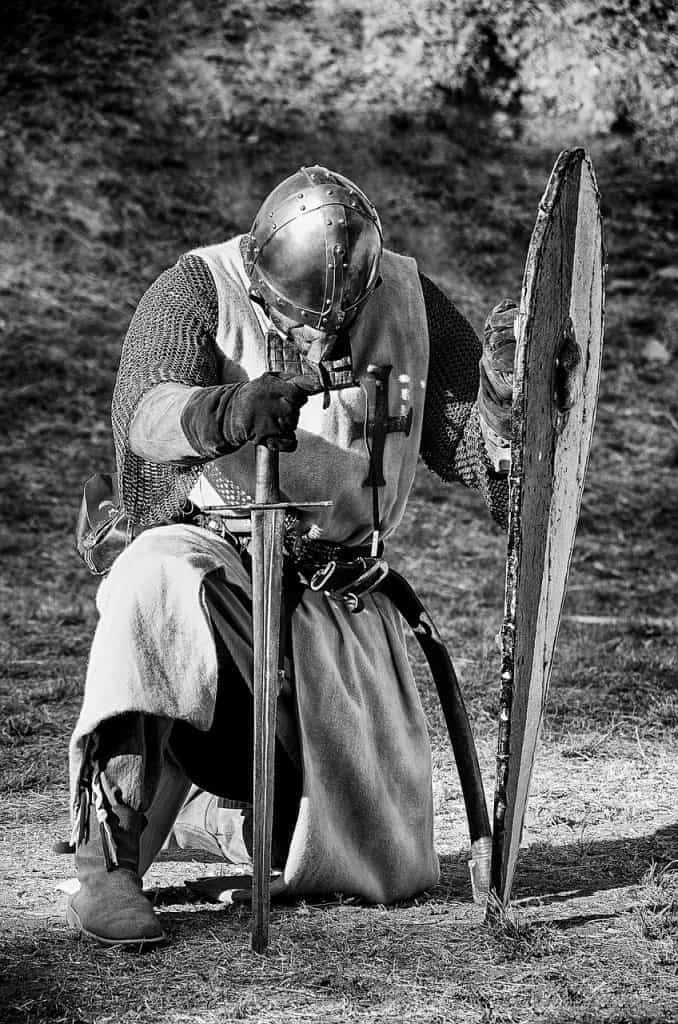
In The Warrior Ethos, the author talks about the nature of the warrior code and the rules by which a warrior, must follow.
I like how Pressfield uses historical examples such as the famous 300 Spartans at Thermopylae but also inner conflict such as described in the Bhagavad Gita.
Pressfield does not define a warrior as a specific martial profession, but broadens it to embrace anyone who faces a conflict they must overcome through trial and effort.
The unwritten warrior code is universally understood by various warrior cultures around the world. This book describes the code.
Amazon says:
WARS CHANGE, WARRIORS DON’T We are all warriors. Each of us struggles every day to define and defend our sense of purpose and integrity, to justify our existence on the planet and to understand, if only within our own hearts, who we are and what we believe in.
Do we fight by a code? If so, what is it? What is the Warrior Ethos?
Where did it come from? What form does it take today? How do we (and how can we) use it and be true to it in our internal and external lives?
The Warrior Ethos is intended not only for men and women in uniform, but artists, entrepreneurs and other warriors in other walks of life. The book examines the evolution of the warrior code of honor and “mental toughness.”
It goes back to the ancient Spartans and Athenians, to Caesar’s Romans, Alexander’s Macedonians and the Persians of Cyrus the Great (not excluding the Garden of Eden and the primitive hunting band).
Sources include Herodotus, Thucydides, Plutarch, Xenophon, Vegetius, Arrian and Curtius–and on down to Gen. George Patton, Field Marshal Erwin Rommel, and Israeli Minister of Defense, Moshe Dayan.

